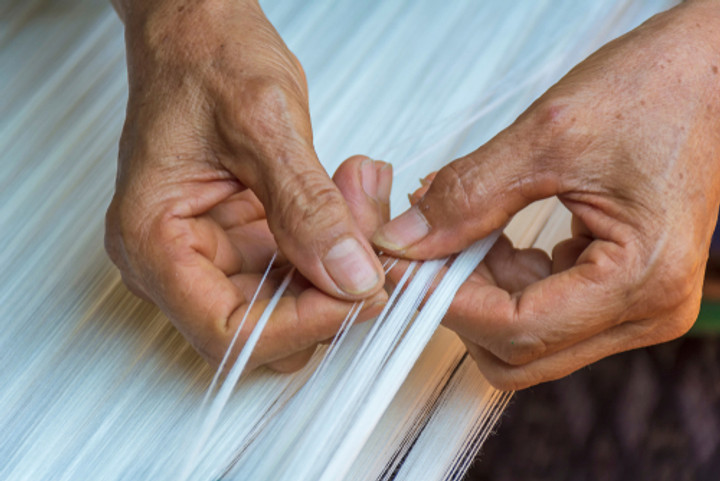12th Feb 2019
Unraveling the Mystery of Thread Counts
One of life’s great mysteries of adulthood is thread count. What does it mean? How high is high enough? What’s too low? How does it make a difference? What other factors should I know about?
A cotton fabric’s thread count refers to the total number of horizontal and vertical threads woven within one square inch. However, the metrics to measure this number may differ by manufacturer and by fabric use. The content in this article applies to sheets and duvet covers. (When you deal with down bedding, a low thread count cambric weave is actually the most durable and has a crisp finish to it, so it is a plain weave that is the gold standard for down bedding due to how tight it is). Some thread counts refer to the individual number of threads, or some refer to the total number of threads that are spun together into a group known as “ply.” The average range for a quality bedding is a 300-400 thread count. Browse the aisle of any major household goods store and you’ll see thread counts up to 1000. How is it possible to fit that many threads into one space? Perhaps more threads are being spun into a single ply before woven. If you encounter high thread count sheets above 500, look at the packaging detail of the fiber construction and weave. Some brands may inflate their prices on very high-thread-count sheets that contain a weaker fiber or weave, and therefore have a shorter lifespan.
What’s worth remembering is that in conjunction with thread count, the fiber type is a critical factor. A higher thread count could contain a shorter, lesser-quality fiber and be uncomfortable, where a lower thread count with a high-quality, longer fiber would result in a more luxurious feel. Egyptian, pima and Supima cottons are high-quality long fibers. The longer the fiber, the more durable it is, therefore a very high thread count isn’t necessary.
The weave is also an important factor in the quality of your bedding. Sateen offers an almost shimmering appearance and is very soft to the touch. This tends to be a looser weave than others, and can be less durable. The popular Percale weave is woven much tighter and is far more durable, and delivers a crisp, matte appearance. Flannel is a popular option for cold winter nights, with a comfortable brushed technique that is soft and comfortable.
Just like you may want to make a purchasing decision on what kind of fabric would best suit your sleeping and design style, making note of a balance of thread count, weave, and blend (solo or mixture of fabric types) can be equally important. If you have sensitive skin, look for hypoallergenic bedding and organic products. Knowing the basics of these elements can save you money in the long run.

